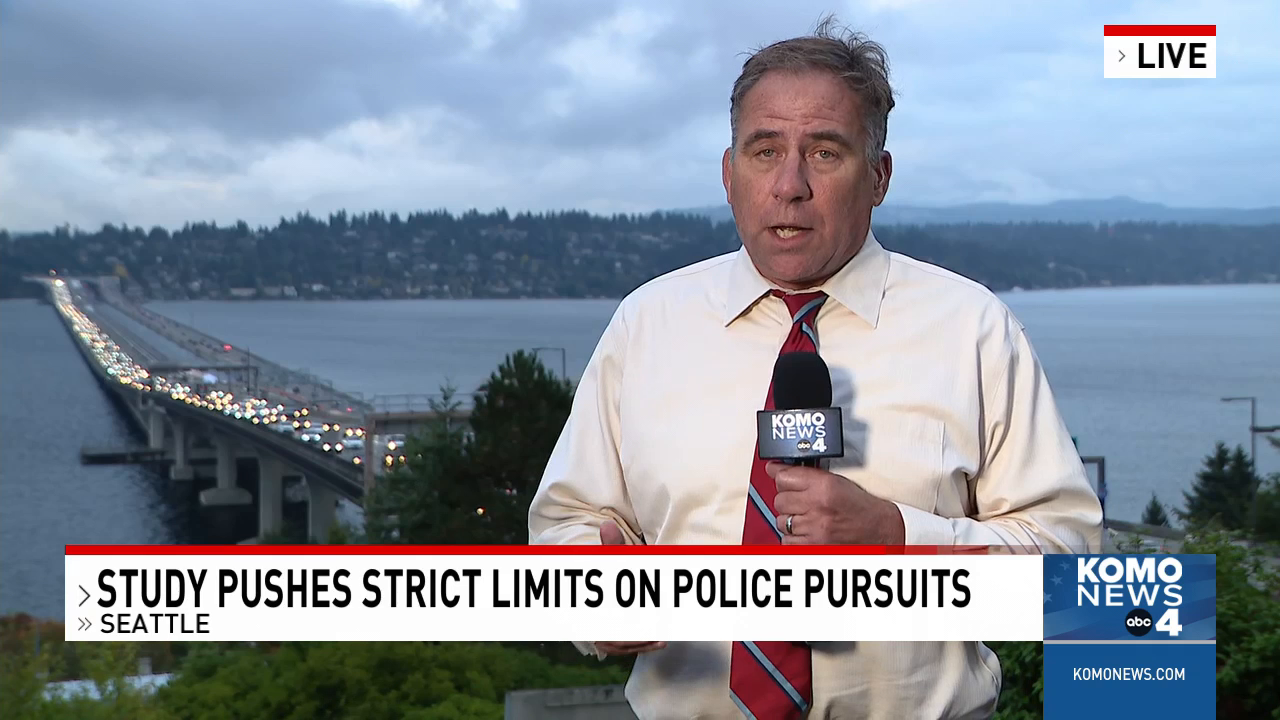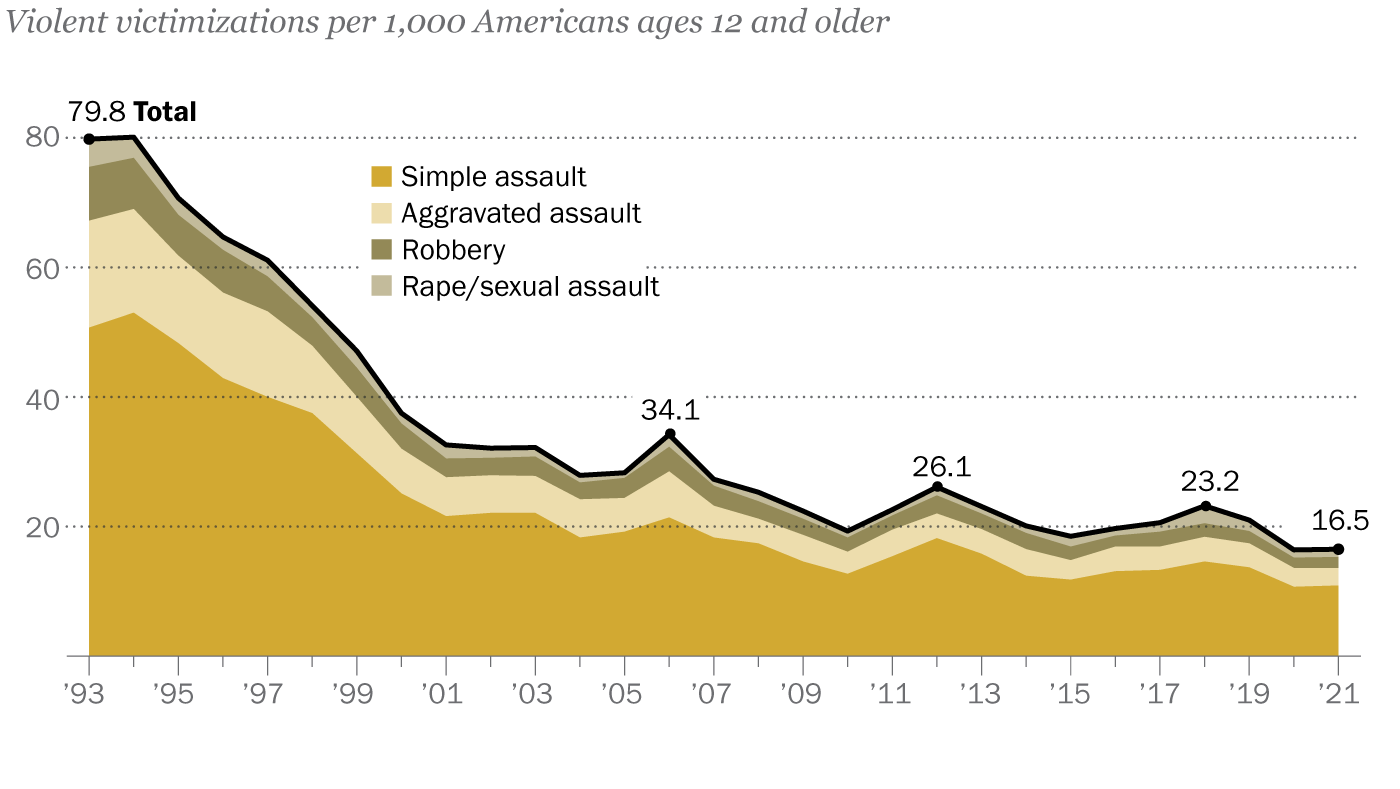
Informative article from the Associated Press reports that America is in a police officer shortage. Many in law enforcement blame the coronavirus pandemic and criticism of police that boiled over with the murder of George Floyd by a police officer.
From Minnesota to Maine, Ohio to Texas, small towns unable to fill jobs are eliminating their police departments. They’re turning over police work to their county sheriff, a neighboring town or state police.
At least 521 U.S. towns and cities with populations of 1,000 to 200,000 disbanded policing between 1972 and 2017, according to a peer-reviewed 2022 paper by Rice University Professor of Economics Richard T. Boylan. Interestingly, crime rates were unchanged in towns that dropped their departments, the Rice University study found.
At the heart of the problem is the exodus from law enforcement. Officer resignations were up 47% last year compared to 2019 — the year before the pandemic and Floyd’s killing — and retirements are up 19%. That’s all according to a survey of nearly 200 police agencies by the Police Executive Research Forum, a Washington, DC.-based think tank.
Though the survey represents only agencies affiliated with PERF, a fraction of the more than 18,000 law enforcement agencies nationwide and is not representative of all departments, it’s one of the few efforts to examine police hiring and retention and compare it with the time before Floyd’s killing.
Compounding the exodus of veteran officers, young people are increasingly unwilling to go through the months of training necessary to become a police officer, said Chuck Wexler, executive director of the Police Executive Research Forum.
“Fewer people are applying to be police officers, and more officers are retiring or resigning at a tremendous rate . . . There’s a shortage of police officers across the country.” ~Chuck Wexler, executive director of the Police Executive Research Forum.
Agencies of all sizes are struggling to fill open positions. But the problem is especially dire in smaller communities that can’t match the pay and incentives offered by bigger places.
Please contact my office if you, a friend or family member are charged with a crime. Hiring an effective and competent defense attorney is the first and best step toward justice.

















